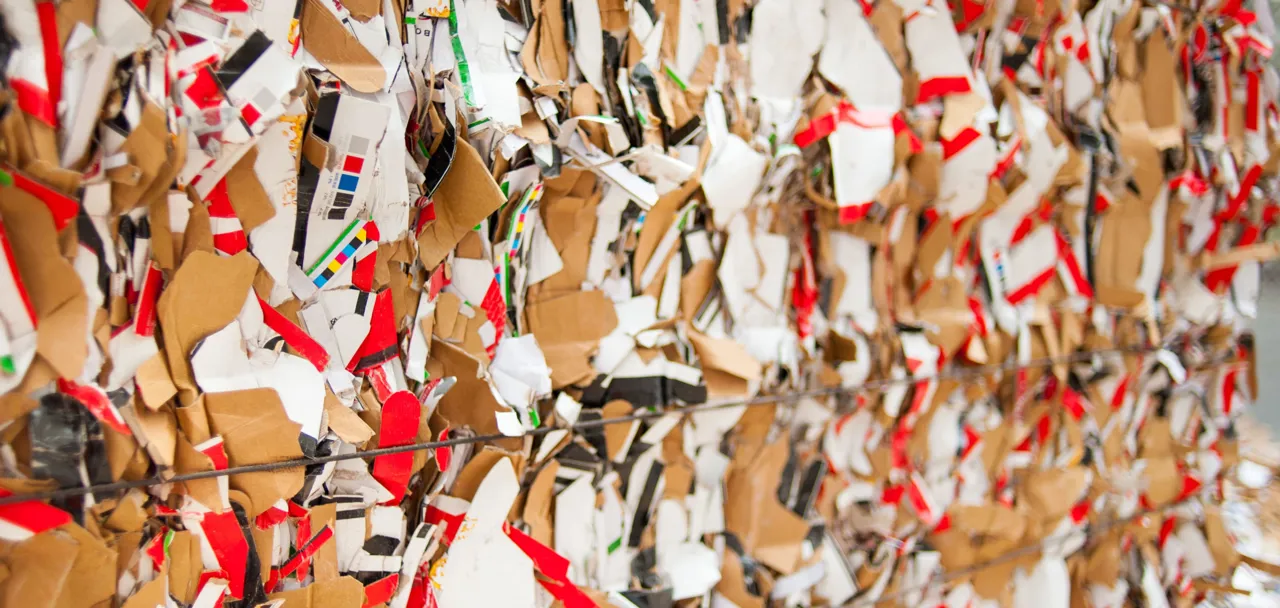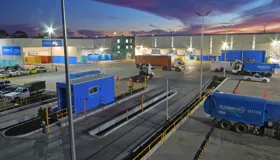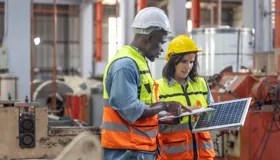
Visy Industries makes resource recovery and energy efficiency a priority
Lifting recycling capacity in the complex waste market
Australia’s Visy Industries has increased its capacity to recycle waste materials with projects that improve the overall energy efficiency and reduce emissions at its large-scale Australian manufacturing operations. These initiatives reduce waste volumes going to landfill and make a material reduction to Australia’s waste-related emissions.
$30m
CEFC finance
10%
increase in capacity
Recycling
waste materials
Visy has pledged to invest $2 billion in Australian manufacturing to create jobs, increase efficiencies and boost sustainability. We are pleased to partner with the CEFC to help us make good on a part of that pledge.Anthony PrattChairman, Visy
Our investment
The CEFC committed $30 million in debt finance to Visy in 2018 to support increased recycling rates and reduced landfill emissions through using better processing and sorting technologies.
The finance backs part of a pipeline of projects to increase Visy’s processing capacity to recycle waste materials by 10 per cent, as well as improve the overall energy efficiency and reduce emissions at its large-scale manufacturing operations.
CEFC-backed innovation includes:
– Australia’s first drum pulper installed at the Visy Wastepaper and Waste Management facility at Coolaroo in Victoria. The drum pulper allows efficient removal of coarse contaminants from paper and cardboard and pulps materials at it turns, enabling higher rates of materials recovery than traditional pulpers.
– The introduction of optical sorters and associated equipment at Smithfield Material Recovery Facility (MRF) in NSW and Springfield MRF in Victoria. This equipment precisely separates materials, such as paper and cardboard, plastics and glass, to achieve higher purity rates, lower operational costs and divert less waste to landfills.
– Upgrading the Glass Recycling Services Penrith site to increase its capacity to use recycled and crushed glass to manufacture new recycled glass containers. This has reduced the amount of sand needed for glass production, lessening its environmental impact. Using crushed recycled glass is also less energy intensive than using sand.
our impact
Transitioning to a safe circular economy
When the CEFC began working with Visy in 2018, China had banned the importation of waste materials, which impacted as much as 1.25 million tonnes of waste from Australia, including an estimated 920,000 tonnes of paper and cardboard.
Australia released its 2018 National Waste Policy, which embodied a circular approach to maintain the value of resources for as long as possible. Subsequent National Waste Policy Action Plans have set out where Australia must focus efforts to transition to a safe circular economy. This includes regulating the export of waste, reducing total waste generated in Australia, recovering extra materials from waste and significantly increasing the use of recycled content.
Transforming recycling operations
Annually, Visy recycles, utilises and recovers more than two million tonnes of materials recovered from more than four million Australian homes, 7,000 Australian businesses and 50 New Zealand councils.1
The Visy commitment to recycling involves remanufacturing new sustainable packaging from materials it has collected and sorted. Through its $2 billion investment pledge, Visy is using the latest technology to transform recycling and manufacturing across its network of operations.
1. Visy website, August 2025





